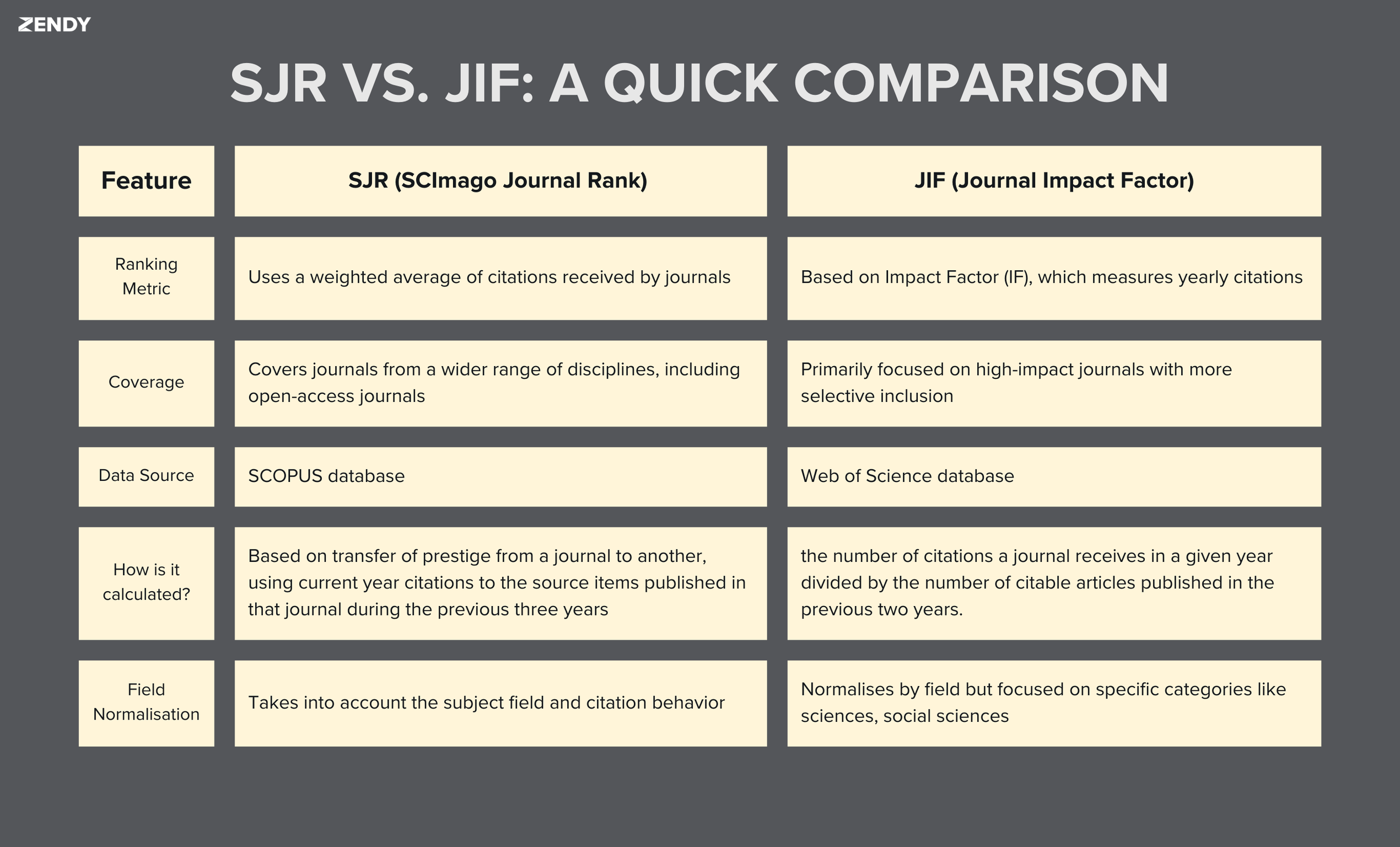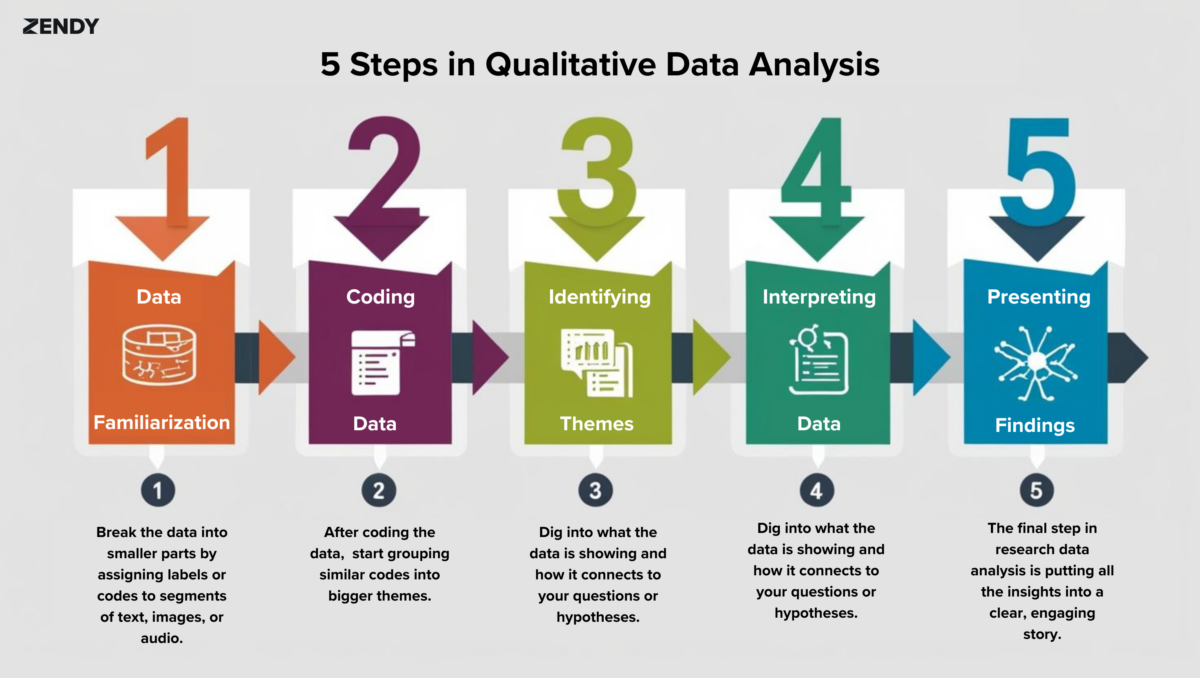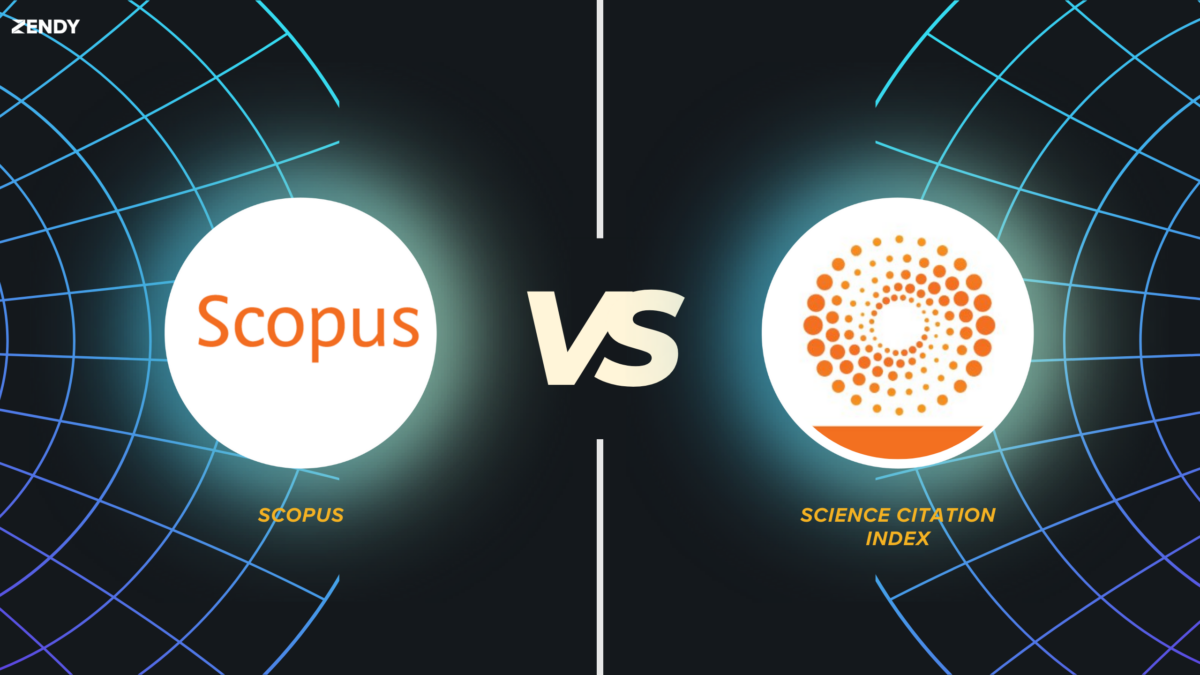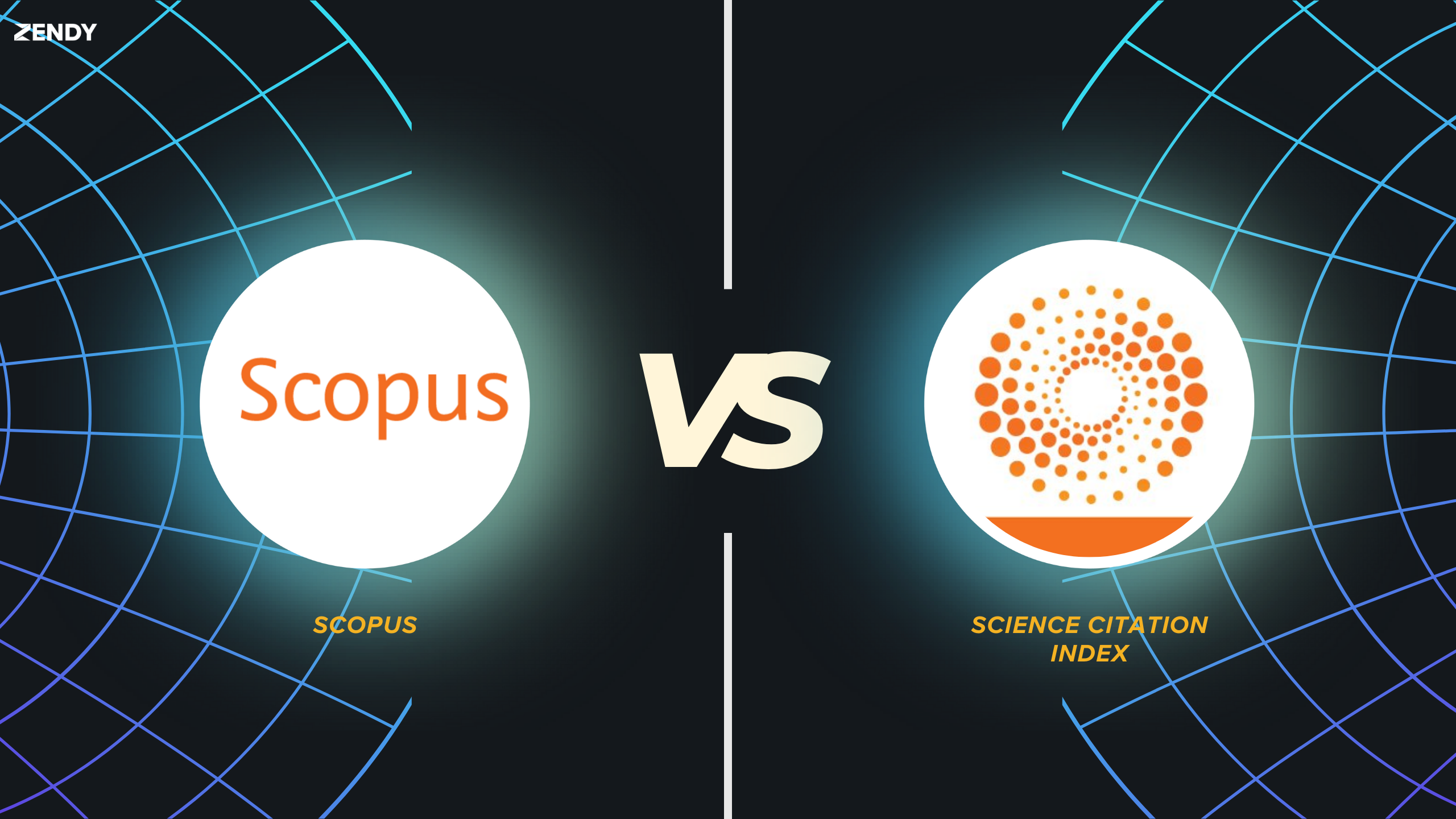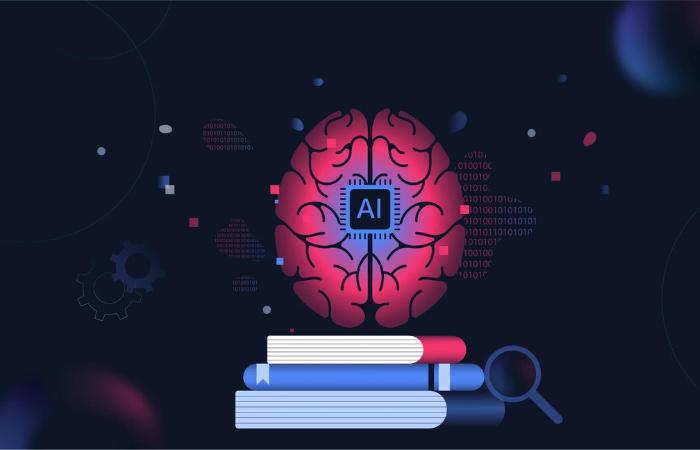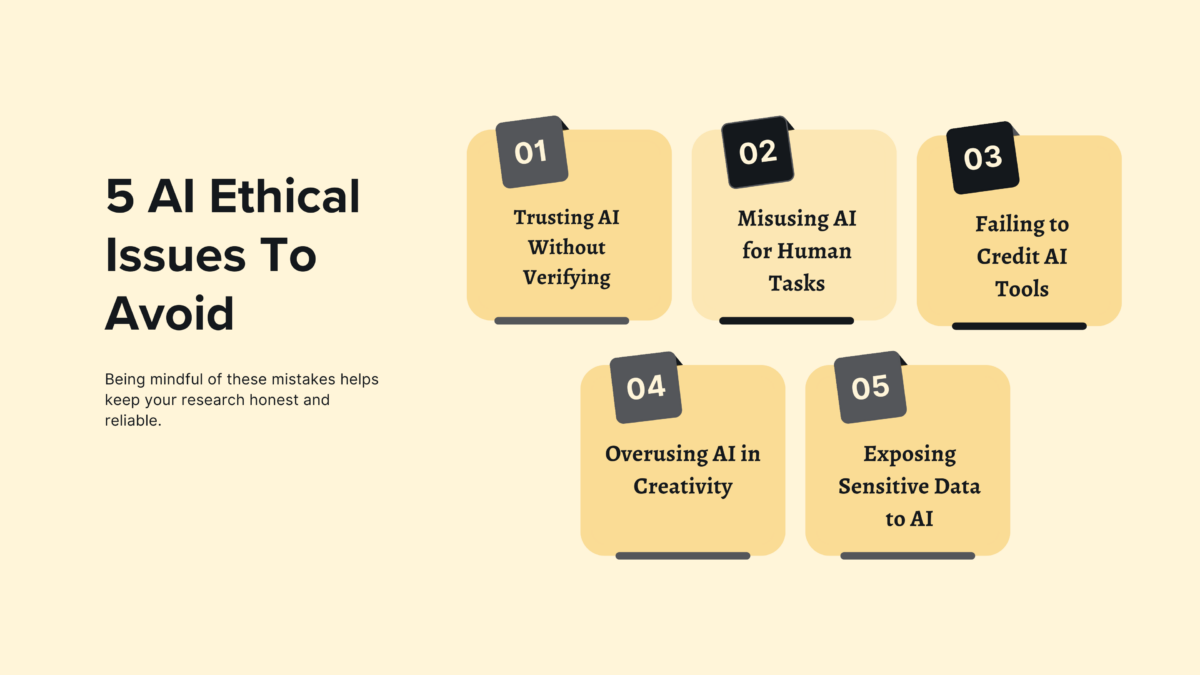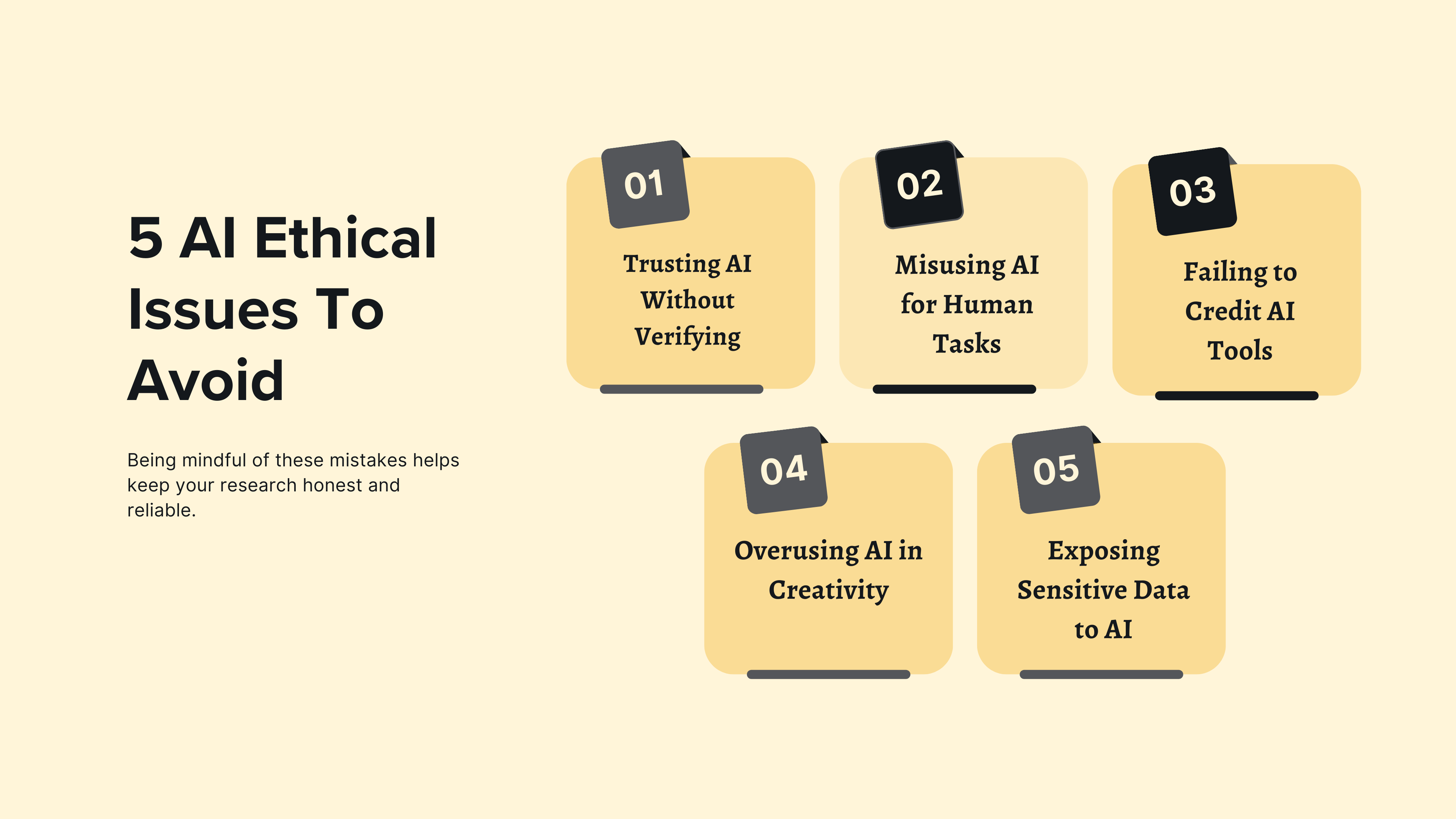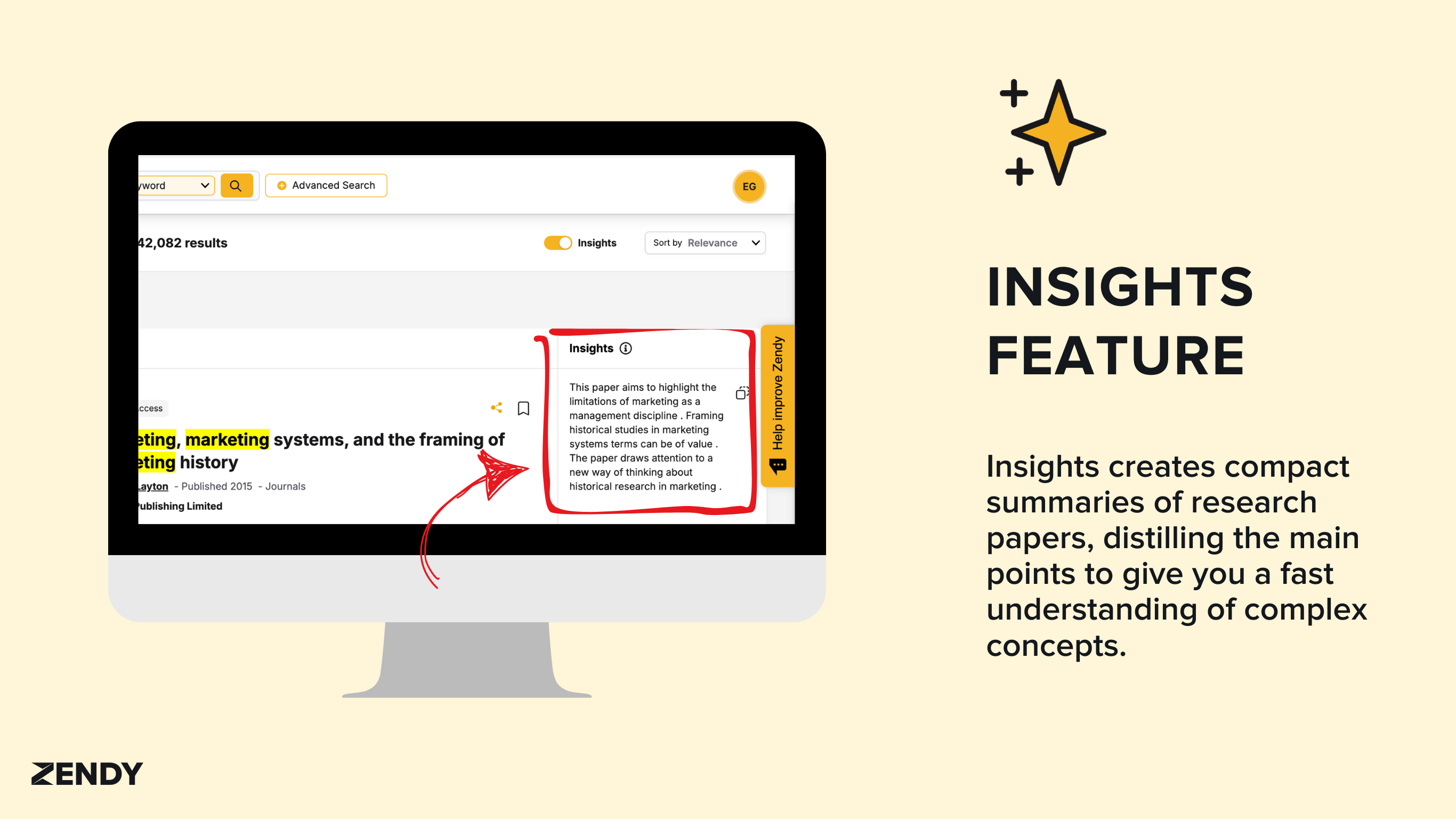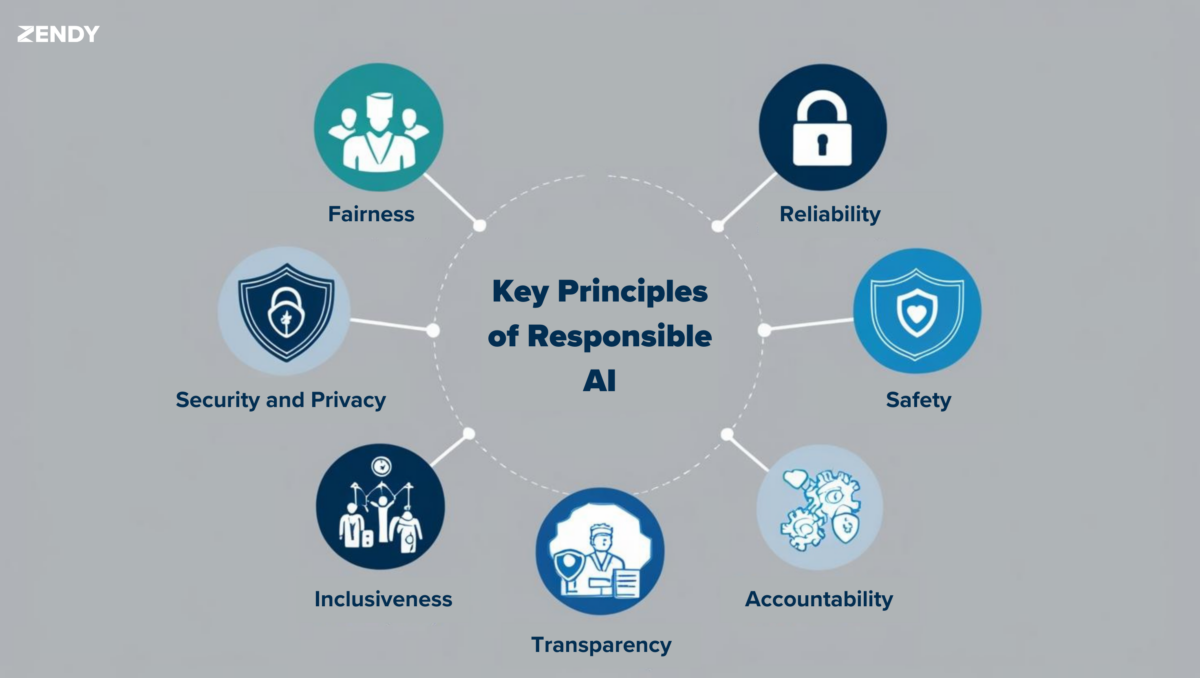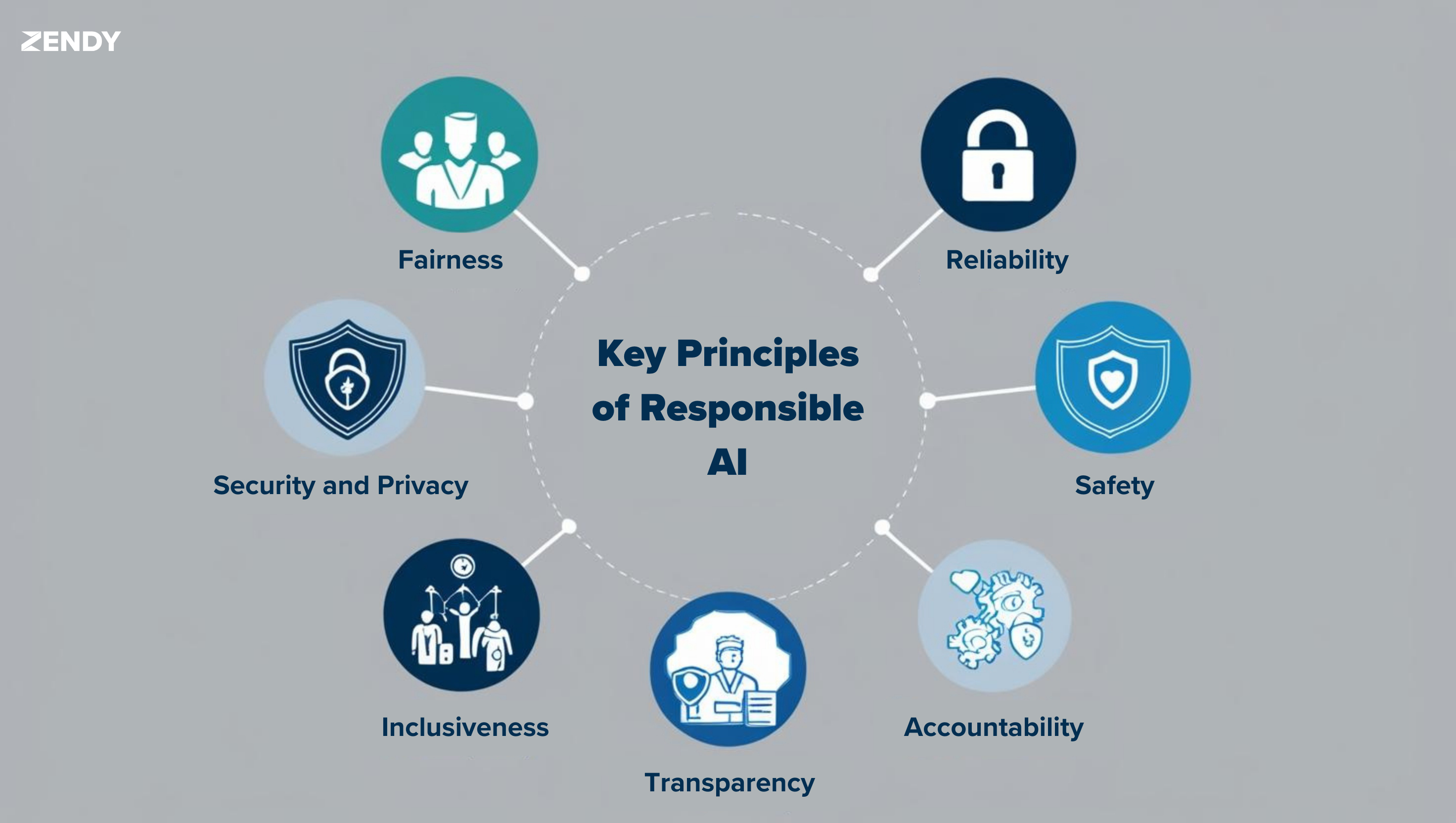Going through mountains of papers, studies, and data is a common task when working on a research project. Finding a logical approach to combine all of this information is the hard part. This process is called synthesis, a skill that can help make your research be clearer, more insightful, and more impactful. In simple terms, synthesis in research means combining ideas from different sources to create a new understanding.
But here’s the thing: synthesis is often confused with summarising or analysing, which can lead to unclear or incomplete results. In this blog, we’ll break down what synthesis really means, how it’s different from other processes, and how you can do it well. Let’s get started.
What is Synthesis in Research?
It’s about connecting ideas, data, and findings from multiple sources to generate a new perspective. It’s not just repeating what others have said—it’s about connecting the dots to see the bigger picture and how sources relate to your main idea

For instance, suppose you are researching the effects of exercise on mental health. One study may indicate that yoga enhances mood, another suggests jogging lowers anxiety and a third that emphasises the advantages of team sports for social well-being. In order to conclude that different kinds of exercise have different positive effects on mental health, synthesis in research involves connecting these studies together.
How is Synthesis in Research Different from Summarising and Analysing?
A lot of researchers mix up synthesis with summarising or analysing. Here’s how they’re different:
Synthesis vs. Summarising
- Summarising Summarising means condensing the key points of a source or multiple sources without adding new insights.
- Example: If three studies say that exercise improves mental health, a summary would list those findings without connecting them.
- Synthesis goes a step further. It combines ideas from multiple sources to create a new understanding.
- Example: Connecting findings about running, yoga, and team sports to show how different types of exercise benefit mental health in unique ways.
Synthesis vs. Analysis
- Analysis involves breaking down a single source or idea to examine its parts, strengths, or weaknesses. It’s about looking closely at one piece of information.
- Example: Analysing a study on exercise and mental health might involve critiquing its methods or interpreting its results in detail.
- Synthesis does not just connect ideas but constructs a new argument or framework from them. It’s about seeing how different pieces of information relate to each other.
- Example: Synthesising multiple studies on exercise and mental health might reveal patterns, like how different types of exercise affect different aspects of mental health.
Why Is Synthesis in Research Important?
Because it helps you:
- See Connections: By combining insights, you can understand a topic more fully.
- Find Gaps: It helps you spot what’s missing in the existing research.
- Build Stronger Arguments: When you connect ideas from multiple sources, your conclusions become more convincing.
- Make Research Useful: In fields like policy or healthcare, synthesis helps turn research into practical solutions.
Without synthesis, research can feel scattered or repetitive. It’s what ties everything together.
How to Do Synthesis in Research: A Step-by-Step Guide
Here’s a simple way to approach synthesis in research:
1. Start with a Clear Question
Before diving into your sources, ask yourself: What am I trying to learn or answer? A clear question will help you stay focused and avoid getting overwhelmed.
2. Gather Your Sources
Look for reliable, relevant studies, articles, and data. Use tools like Zendy to find the latest articles in one place and EndNote to keep everything organised.
3. Look for Patterns and Connections
As you read, take notes on common themes, differences, or trends. For example, do multiple studies point to the same conclusion? Are there conflicting results? A table or chart can help you visualise these patterns.
4. Bring It All Together
Combine the insights you’ve gathered into a cohesive narrative. Explain how the ideas relate to each other and to your research question.
5. Draw Your Conclusions
Summarise what you’ve learned and explain why it matters. Be honest about any limitations and suggest areas for further study.
How can you improve your synthesis skills?
- Read your sources multiple times.
- Make well-organised notes on each one.
- Find relevant ideas and evidence for them.
- Rearrange your notes based on concepts.
- Put ideas into an outline.
Conclusion
Synthesis in research is more than just combining information—it’s about creating new knowledge and understanding. By following the steps above, you can effectively bring together ideas, spot patterns, and produce work that’s clear, insightful, and useful. Whether you’re a student, academic, or professional, synthesis can help you take your research to the next level.
Struggling to make sense of your research? AI tools can assist with synthesis by identifying key themes and connections across multiple papers, check out our AI tools to simplify the process and get better results. Let’s make your research work for you!




